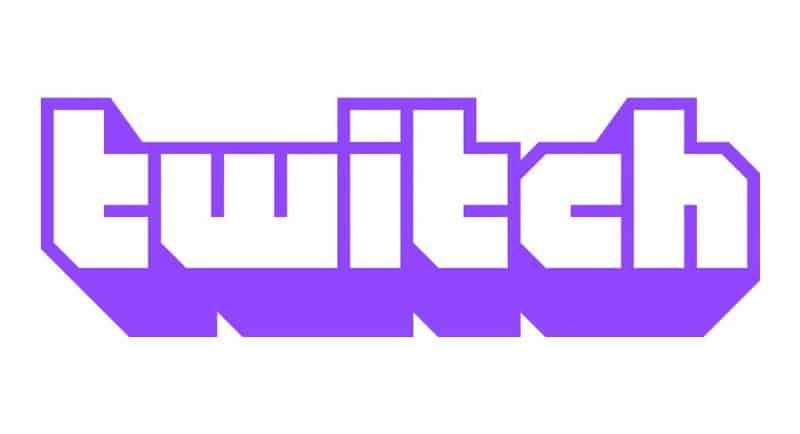The Interactive Advertising Bureau’s (IAB) gaming advertising summit, held back in July, explored the state of the current landscape, the effectiveness of game advertising, and creative opportunities for brands in the space.
After taking to the podium, Ricky Chanana, head of sales for Australia and New Zealand at Twitch, spoke to Mediaweek about gaming’s continued growth in mainstream culture and as an advertising platform, what marketers need to understand in exploring, and the power of gaming influencers.
As the head of sales for Australia and New Zealand, Chanana oversees the commercial operations of the streaming platform with his team of sales directors. They service Blue Chip clients, key accounts, and emerging and growing accounts.
“It’s a full-service team; we have sellers, partnerships teams who scout talent for Twitch – musicians, arts and crafts gamers, DJs, foodies – they do a great job.
“We’ve got a brand partnership studios team. They work with commercial teams and partnerships and find the right content creators to work with the right brands and creative strategies, ideas and campaigns.
“It’s a full-fledged team from partnerships, sellers, post-sales, and pre-sales, but also on brand partnerships through this,” he said.
Gaming gone mainstream
Chanana shared that the gaming space is no longer a niche market, but rather mainstream and should be part of everyone’s media mix modelling.
Chanana went on to emphasise that people gamers are just like everyone else. “They are not different to what we see in a demographic who watches TV or listens to the radio.”
Chanana said he outlined Twitch’s role in the gaming ecosystem to attendees. “Gaming has always been our DNA; we’ve always brought a lot of gamers to either spectate or participate. I would say Twitch has always been the gaming leader in a business driving that gaming narrative to our consumers in whatever shape or form,” he added.
A booming advertising platform
The 2022 edition of PwC’s Global Entertainment and Media Outlook called in-app games advertising and connected TV advertising a significant market. The report found that in 2021 in-app game advertising reached US$54 billion, estimated to reach US$146.4 billion by 2026.
Unlike traditional channels such as TV, radio, print and OOH, gaming advertising is still growing. Chanana noted that those established formats had been more at pushing a message to a consumer, whereas gaming is more about the pull.
“Pull is where you get the engagement, it’s where you get the attention economy, pull is where you drive that narrative. I feel gaming is that pull part of the advertising. It’s an engaging space,” he said.
Chanana noted that consumers are not just spending hours engaged and giving their undivided attention on gaming platforms rather than seeing a 30 to 60-second TVC.
“I think gaming creates that and provides that push-pull strategy of the advertising and drives the attention economy,” he added.

What marketers need to know about the gaming space
For marketers starting to explore advertising in the gaming space and what it can do for a brand, Chanana recommended adopting a crawl, walk and run strategy.
Chanana explained that a brand could start by seeing its video and display advertising assets included in a gaming channel and get incremental reach.
For example, he referred to Twitch’s work with Arnott’s Shapes and the incremental reach of the audience from that campaign that they would not usually get with traditional TV.
He said that if the results are promising, a brand can explore ways of being part of and within the game. Chanana noted that the run part of the strategy would be for brands to work with the gaming publishers and to step into the immersive experience like the Metaverse.
The rise of gaming content creators
The influencer market has grown exponentially and now has a multitude of niches from a wide range of industries. Chanana preferred the term content creators and described them as the DNA and bread and butter of Twitch.
“In 2020, the start of the pandemic created the great resignation, and people started to do what they wanted. We started seeing many of these micro-communities emerge because the micro-content creators are trying to find their tribe of what they like.”
Chanana highlighted the journey of a New Zealand-based content creator, broxh_, whose live streaming content focuses on woodcarving and the Māori culture. His audience grew from 8,000 to 1.2 million.
Chanana added: “People have a niche, and gaming content creators are connecting with audiences because of the intensity of how they speak their language.”
What’s next for Twitch
Looking ahead at what’s in store for Twitch, Chanana said that the focus would be on doubling down on doing their own and operated events.
“We’ve done a great job spearheading the live streaming for the last couple of years since we launched in Australia. Where we’re going into, we’re creating our events. We have a studio in Surry Hills now, where we do an event we call Pop Picks.
“We get content creators, and we work with advertisers. It’s a variety show matched with Jimmy Fallon’s late-night show. It’s social commerce but also entertaining. We create those shows in Australia using local content creators.”
Chanana also noted that they are pivoting to sport and the new trend of “side-casting.” He said: “Basically, you might be watching live sports on a different screen, but all the engagement, commentary and analysis is happening on Twitch because the people communicating are the audience the consumers want to hear.
“They might not be the Phil Gould of NRL, they might be some 20-year-old who’s a big fan of NRL, but he’s speaking to the community. Side casting is a big trend, and we’re also working on seeing how that’s growing,” he added.
